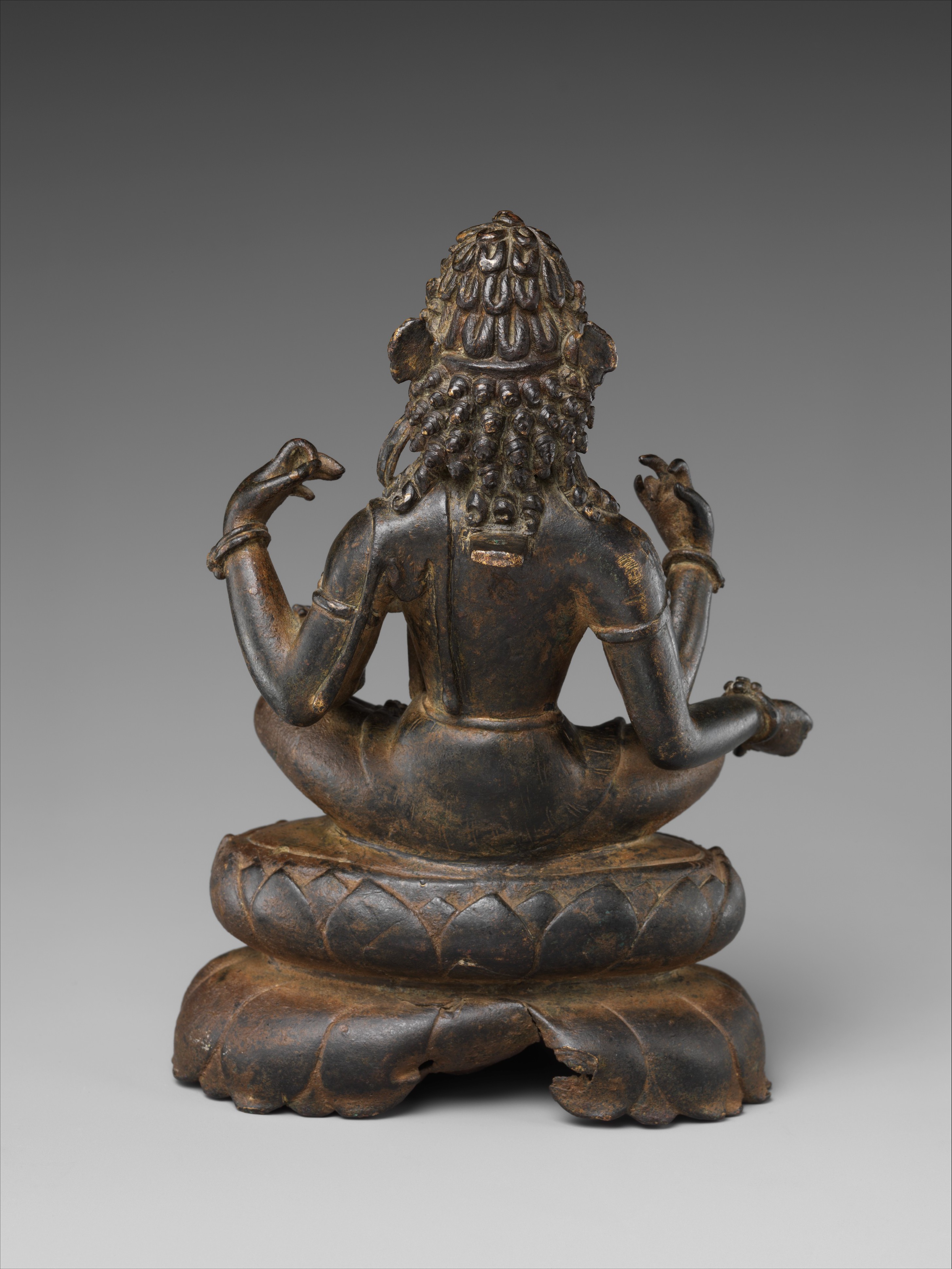Bodhisattva Avalokiteshvara
This is one of the greatest early medieval metal icons associated with Buddhist art of the Swat Valley. The work is closely connected to related major schools of religious image making in Gilgit (northern Pakistan) and Kashmir, and its physiognomy and drapery embodies elements of the late Gandharan style. The four-armed form of Avalokiteshvara marks the beginning of a long tradition of figures known as the “Bodhisattva of the six-syllables,” associated with the famous prayer “Om Manipade Hum.” This iconographic form is a visualization of that prayer.
Due to rights restrictions, this image cannot be enlarged, viewed at full screen, or downloaded.
This artwork is meant to be viewed from right to left. Scroll left to view more.



